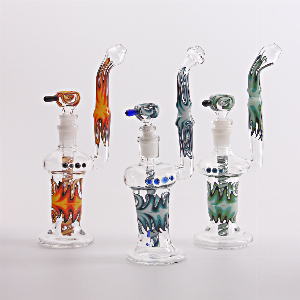Romantic Style: British Victorian Engagement Rings of the 1800s

The Victorian era, spanning from 1837 to 1901, was a time of profound change in British society, particularly in terms of romance and personal expression. During this period, engagement rings UK began to reflect a unique blend of artistry, sentiment, and the burgeoning romantic ideals of the time. As societal values shifted toward a greater emphasis on love and personal choice in marriage, engagement rings evolved into intricate symbols of devotion, infused with meaning and style.
Queen Victoria’s own engagement to Prince Albert in 1839 set the stage for a dramatic transformation in the jewelry landscape. Victoria’s choice of an emerald and diamond ring highlighted a preference for colored gemstones, encouraging others to follow suit. This departure from the traditional diamond-only engagement rings paved the way for a rich variety of stones, each chosen for their beauty and symbolic significance. Sapphires, rubies, and emeralds became popular choices, allowing couples to select gems that resonated with their personal narratives.
Sapphires, in particular, were highly sought after during this era. Their deep blue hues symbolized loyalty and fidelity, traits cherished in romantic relationships. The Victorian fascination with nature also influenced this trend, as sapphires were often set in floral designs that celebrated the beauty of the natural world. This not only enhanced the aesthetic appeal of the rings but also infused them with a deeper emotional resonance, allowing couples to express their enduring love and commitment.
Emeralds, with their vibrant green tones, symbolized rebirth and love. This association made them particularly appealing for engagement rings, representing the hope and renewal that a new relationship brings. Victorian jewelers often showcased emeralds in elaborate settings, highlighting their stunning color and adding to their romantic allure. The combination of rich symbolism and exquisite craftsmanship made emeralds a beloved choice among couples during this time.
Rubies, known for their passionate red hues, were another favored gemstone. Representing desire and fervent love, rubies encapsulated the emotional intensity of romantic relationships. Many engagement rings featured rubies surrounded by diamonds or other gems, creating a striking contrast that emphasized their vibrant color. This artistry not only showcased the stones but also captured the spirit of the romantic ideals that permeated Victorian society.
The craftsmanship involved in creating Victorian engagement rings was remarkable. Jewelers employed a range of techniques, from intricate engraving to the delicate filigree work that characterized much of the period’s jewelry. Many rings featured elaborate motifs, including flowers, vines, and other natural elements, which added depth and meaning to the pieces. This attention to detail transformed engagement rings into works of art that reflected the emotions and stories of the couples who wore them.
Personalization became increasingly important in the design of engagement rings during the Victorian era. Couples often opted for engravings of initials, significant dates, or heartfelt messages inside the band, turning each ring into a unique symbol of their love. This practice imbued the rings with sentimental value, making them cherished heirlooms passed down through generations. The ability to personalize engagement rings allowed couples to craft their own love stories, enhancing the emotional significance of the jewelry.
The influence of literature and art during this period further shaped the romantic style of engagement rings. The Romantic movement celebrated emotion, beauty, and nature, encouraging couples to seek rings that embodied these ideals. Poets and novelists inspired individuals to find pieces that resonated with their love stories, resulting in a flourishing market for engagement rings that reflected personal narratives.
As the Victorian era progressed, advancements in manufacturing began to change the landscape of jewelry production. While bespoke pieces remained popular among the wealthy, improvements in technology made it possible for skilled artisans to create more intricate designs at lower costs. This democratization of jewelry allowed a broader audience to participate in the tradition of engagement rings, ensuring that the symbols of love and commitment were accessible to many.
In conclusion, British Victorian engagement rings of the 1800s encapsulate a romantic style that reflects the era’s ideals of love, individuality, and artistry. The shift toward colored gemstones, intricate designs, and personalized touches transformed engagement rings into cherished symbols of devotion. Sapphires, emeralds, rubies, and other stones became emblems of lasting relationships, celebrating the deep emotional connections between couples. The legacy of these romantic traditions continues to inspire modern engagement rings UK, reminding us of the enduring power of love and the beautiful stories that jewelry can tell.



